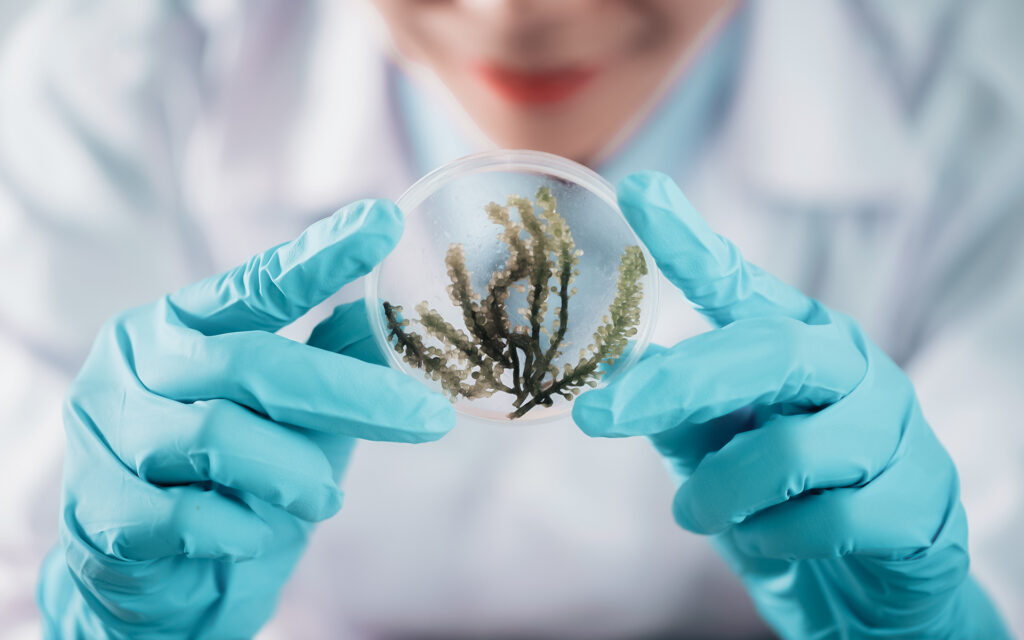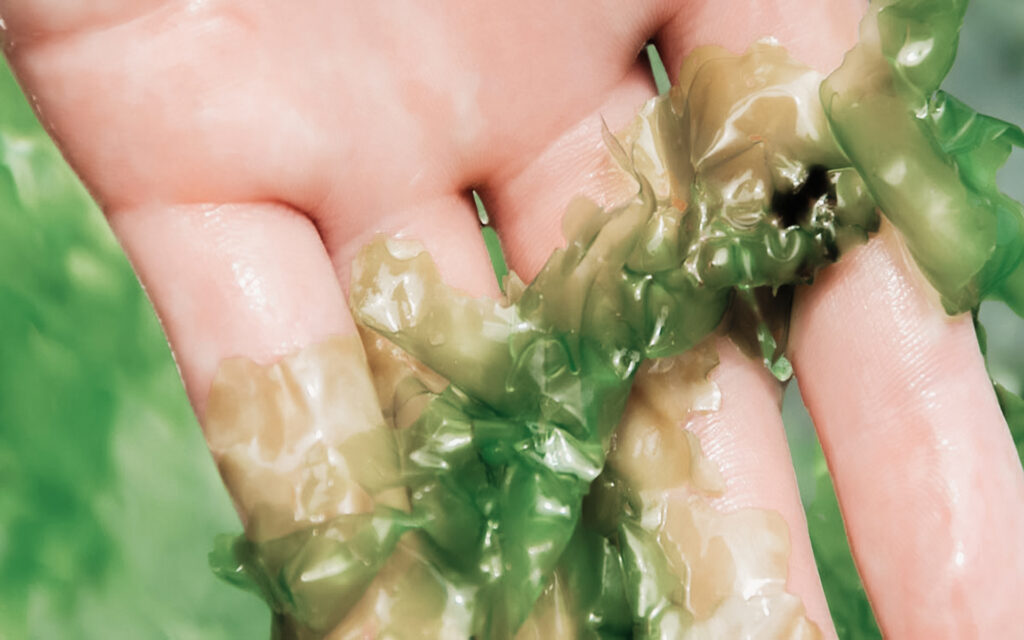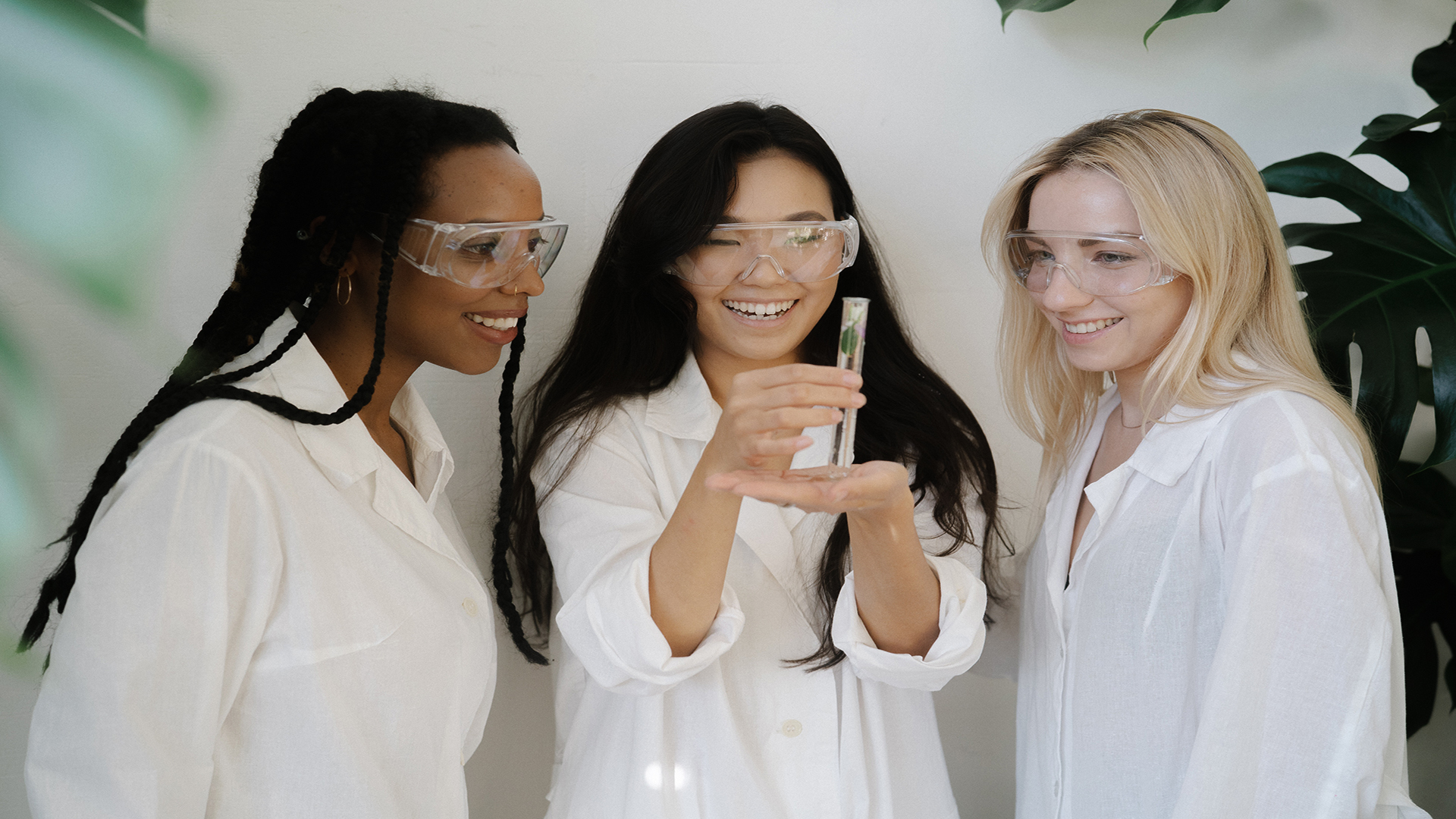Fashion and biotechnology are two worlds apparently distant from each other, but in recent years they have begun to come closer creating a more sustainable future. Biotechnology is, in fact, revolutionizing the fashion industry and not only, if we think of the perfume industry for example. It offers new solutions to reduce the environmental impact of production processes and improve the quality of the materials used. Biotechnology in the fashion industry offers many opportunities to create sustainable, biodegradable, and high-quality fabrics, reducing environmental impact.

The various applications of Biotechnology
Some of the most innovative applications of biotechnology include:
- Sustainable fabrics: Fabrics such as cotton and wool require large amounts of water, energy, and pesticides to produce them. Biotechnology helps to produce sustainable textiles from renewable sources such as algae or fungi while reducing resource consumption and environmental effects.
- Natural dyes: Synthetic dyes are often toxic and polluting. With the use of biotechnology, we can produce natural dyes from sources such as bacteria, which are sustainable and non-toxic.
- Innovative materials: With biotechnologies, it is possible to create innovative materials such as vegetable-tanned leather, produced from microorganisms, and artificial silk, from insect proteins. These materials are biodegradable and can reduce the environmental impact of the industry.
- Waste reduction: It also allows us to create tailor-made fabrics, reducing material waste. In addition, with biotechnology we can recycle textiles more efficiently, reducing the number of clothing that ends up in landfills.
One of the most cutting-edge techniques used is the process known as lab-grown. These are synthetic materials produced through the culture of cells and tissues. Thanks to this technology, it is possible to produce fabrics and materials identical to natural ones, without having to resort to the use of animals or plants. In addition, lab-grown materials are often stronger, more durable, and more sustainable.
Silk produced from the cultivation of bacteria was one of the first lab-grown materials to be used in the fashion industry. Vitro silk cultivation, for example, involves the culture of silkworm cells in a controlled environment. These cells grow and produce silk in a similar way it does in nature, but without the need to breed and kill silkworms. Silk grown in vitro has the same shiny appearance and softness as traditional silk while reducing the environmental impact. This fabric is used for the creation of clothes and accessories, proving that the technology of laboratory materials can also be applied to the fashion world.
Biopolymers are also becoming increasingly important in the sustainability of the fashion industry. These are natural polymers produced by plants and other living organisms such as corn starch, cellulose, and keratin. These materials can be used to create biodegradable and compostable fabrics, reducing the environmental damage of their production (unlike petroleum).

An example of a biopolymer used is PLA, polylactic acid, a biodegradable polymer obtained from the fermentation of corn. This material is used for the manufacture of clothes and accessories, proving that biopolymers can be used to create high-quality products.
Learning from nature
Biotechnology, inspired by nature, is not limited to the fashion industry. The observation and imitation of nature are becoming increasingly important in the luxury sector, as well. The observation of nature can in fact provide important ideas for the development of innovative and sustainable fabrics and materials. For example, the phenomenon of photosynthesis has been studied to create tissues capable of absorbing sunlight and transforming it into energy. Another example of observing nature is the creation of fabrics inspired by the structure of the leaves. These fabrics were made using 3D printing technology, and have proven to be incredibly strong and durable, as well as sustainable.
Just think of the iconic Bella Hadid who at Paris Fashion Week SS23 wore a dress created with a spray composed of polymers, biopolymers, and solvents produced by the company Fabrican LTD, which in contact with the skin generated a real fabric. The idea comes from Sebastien Meyer, founder of the Coperni fashion house. This is an example that shows how science and fashion can blend perfectly.

In summary, biotechnology is revolutionizing the textile industry, offering many opportunities to create sustainable, innovative, and high-quality fabrics.





